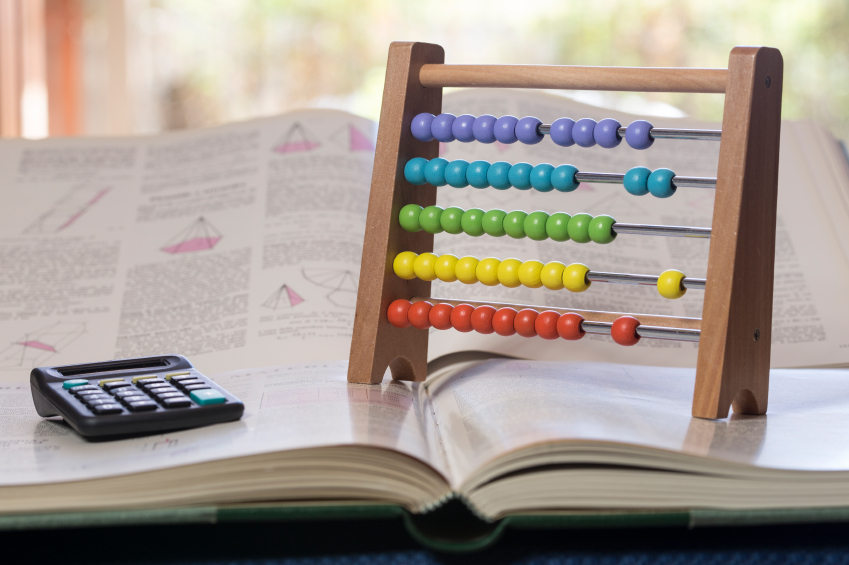
Are calculators a necessary tool in math classes? As a math teacher, it’s your job to know when it’s right to allow your students to use calculators in the classroom or when they should do all of the math themselves.
It’s a tricky conundrum because, on the one hand, you want your students to be familiar with certain technologies available to them. But, on the other hand, you don’t want your students relying solely on technology to the point where their skills diminish and your pupils become complacent.
Calculator math and non-calculator math is a tough thing to balance, so let’s take a look at some of the pros and cons associated with using the popular electronic devices in the classroom:
Pros
Technological knowledge
Let’s face it – we live in a society that is always changing thanks to the plethora of ever-advancing technology. Apple iPad devices are a necessity in every classroom. Technology is huge and learning how to use such technology is huge – which is why it’s good for students to have an understanding of how to use a calculator.
As far as electronics go, it’s a fairly simple instrument to use and students will need to use such devices elsewhere throughout their lives. Just think – calculators are something that your students are going to use to set a budget, do their taxes and complete other tasks throughout their lifetimes.
Enjoyment
Math is tedious and might not be everyone’s favorite subject. Calculators help make it more enjoyable and students and teachers alike seem to agree that they have some sort of use in the classroom environment.
When all else fails, just remember – people like pushing buttons. Consider having “calculator days” to ensure that you’re not overdoing it with the devices.
Accuracy
Calculators are fast and accurate, which makes them a great complementary feature for students. For instance, you might have students complete a set of problems and then check to see if they’ve gotten them right on their calculator.
Calculators are great for this purpose; if both answers don’t line up students can go back and re-check their work to see where they may have gone wrong. Calculators are immensely valuable for validating work. Students should learn calculators are helpful tools that students can turn to for help, not just fast answers.
Cons
Complacency
Although calculators are able to quickly add, divide, multiply and subtract, students still can’t use calculators as their complete fall-back plan – they still need to know how to do math long-hand.
That’s where teachers have to be careful because if students fall into a pattern of just using a calculator to complete all of their math work, they’ll never appropriately develop their math skills, which will surely come back to hurt them during standardized tests and elsewhere in their lives. Don’t let your students become complacent.
Cheating
Graphing calculators are advanced calculators that can perform a variety of functions besides basic multiplication, subtraction, addition and division. They also allow users to store notes, but that’s not always a good thing for teachers or students.
If you allow students to use calculators on tests in your class, they might store formulas, rules and other notes on their calculators and use the information to cheat on the test. That’s why it’s important that the teacher implement a calculator policy that clearly spells out when students are allowed to use calculators in the classroom.
Cost
This brings us to our final con of calculators: the cost. While you can purchase a simple calculator generally for under $10, graphing calculators and other more advanced devices cost about $100.
Additionally, calculators require batteries in order to operate, which is a recurring cost as far as the electronic devices are concerned. Consider investing in a handful of graphing calculators that students can check out and share with the class.
Categorized as: Tips for Teachers and Classroom Resources
Tagged as: Math and Science, Pros and Cons
